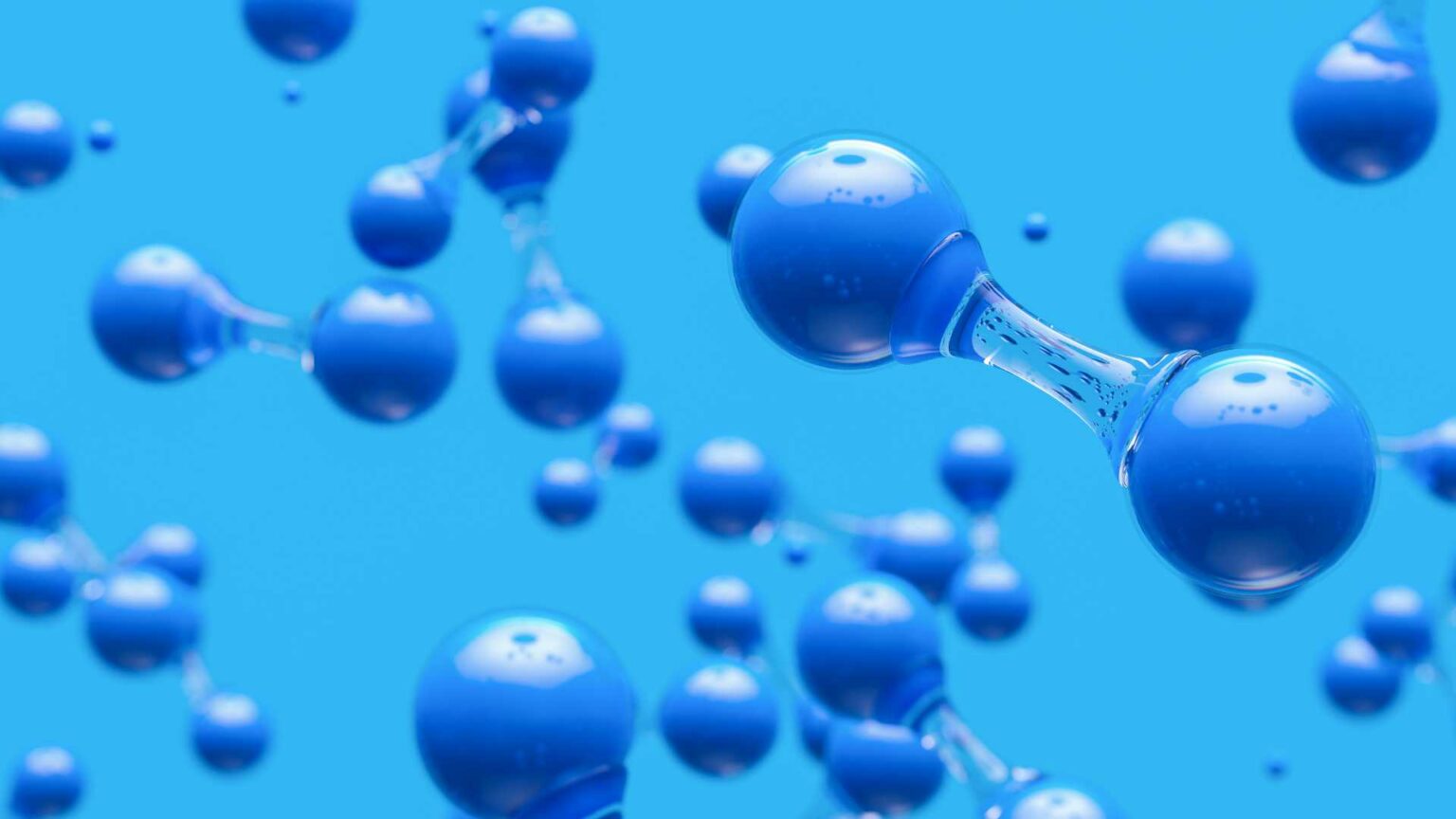The EXSOTHyC, a three-year research project aimed at improving electrolyser technology, is now underway.
Funded by the Clean Hydrogen Partnership, this collaborative initiative involves several industry entities and research organizations across Europe. Project partners include the University of Saint Andrews, Agfa-Gevaert, Eindhoven University of Technology, the Fraunhofer Institute for Manufacturing Technology and Advanced Materials IFAM, and organizers Stargate Hydrogen, who hail from five diverse nations – Estonia, the UK, Belgium, the Netherlands, and Germany.
Instead of sticking to widely-used approaches, the EXSOTHyC project aims at optimizing the operation of electrolysers towards lower voltages and amplified efficiencies. The project will also pave the way for a groundbreaking catalyst materials concept for alkaline electrolysers, called ‘Exsolution-based Nanoparticles’, commonly referred to as ‘exsolution’, a ceramic material that forms highly active metallic nanoparticles.
Stargate Hydrogen’s CTO, Rainer Küngas, emphasizes the versatile potential of these ceramic materials in enhancing alkaline electrolyser performance and hails the project as a chance to create the first such alkaline electrolysis stack.
The driving force behind the project’s new materials, Prof. John T. S. Irvine and his team at the University of St. Andrews, offer a wealth of insights stitched together through seminal publications on exsolved nanoparticles. These display the material’s versatile performance, exceptional resilience to degradation and potential for widespread application.
The project weaves in multiple significant innovations beyond merely incorporating exsolution materials. For instance, electrode development efforts are headed by the Fraunhofer Institute for Manufacturing Technology and Advanced Materials IFAM.
A persistent limitation of state-of-the-art alkaline electrolysers is the phenomenon of gas crossover, where gases pass through the porous diaphragm separating the anode and the cathode in the cell. To combat this issue, the project leverages the expertise of Agfa-Gevaert, the manufacturer of Zirfon® membranes, to engineer a next-generation diaphragm to enhance the efficiency of alkaline cells, particularly at lower current densities.
The project also includes the creation of fresh membrane electrode assembly concepts, such as incorporating electrodes onto Zirfon® membranes and inspections into the dynamics of alkaline electrolysers’ operational stability. These explorative research areas are spearheaded by Eindhoven University of Technology.
The EXSOTHyC Project is founded on the principles of collaboration and innovation in response to the growing need for sustainable energy. Together, their joint mission is to push the boundaries of alkaline electrolysis technology, propelling the world towards a future of cleaner, greener energy alternatives.chat.completion





